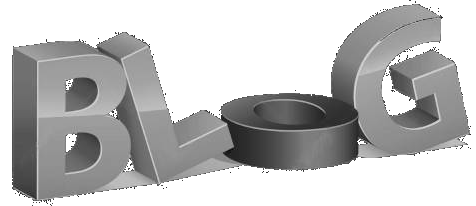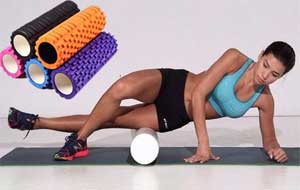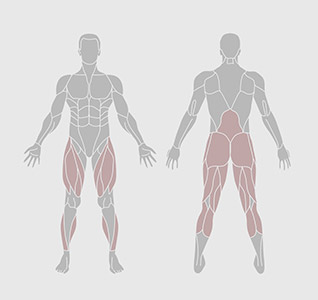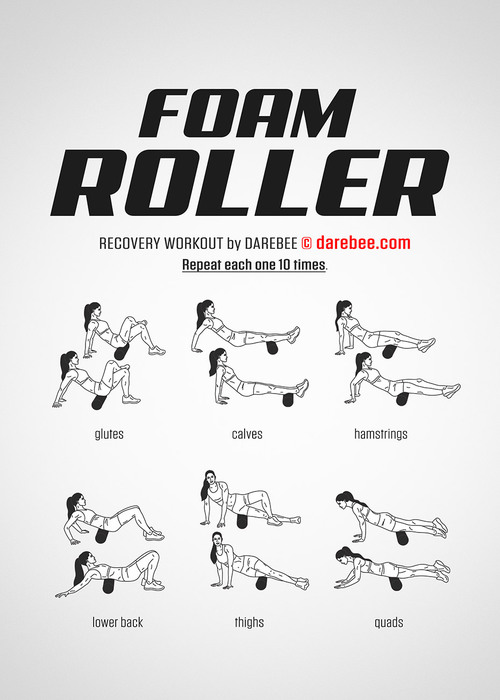A reliable source on many subjects.

A reliable source on many subjects.

![]()
 The foam roller exercise or Foam Rolleris a very practical exercise for self-massage.
The foam roller exercise or Foam Rolleris a very practical exercise for self-massage.
Foam rollers are, as the name suggests, rollers made from foam. There are several models available, generally differing in density (softness or rigidity) and size.
Foam rollers are used to relax muscles, improve vascularity, eliminate muscular tension, increase muscular suppleness, promote flexibility of movement and reduce muscle soreness.
– Type of exercise: Stretching.
– Difficulty: Perfect for beginners.
– Objective: Well-being and relaxation.
– Targeted muscles :

All movements in the foam-roller physical exercises should be performed 10 times in succession.
Here’s an image to help you visualize each exercise. Feel free to use it alongside the exercise descriptions below to master each posture.

Tight buttock muscles can lead to pain in many parts of the body, particularly the knees and lower back.
Foam roller exercise releases these trigger points, allowing pain-free movement.
If you have sciatica pain, foam rolling exercise is a must.
To begin, sit directly on the foam roller. The roller should be positioned on your upper buttocks and lower back.
Place your right ankle on your left knee.
Roll downwards. The movement should not exceed a few centimetres, otherwise you risk falling.
Switch legs to work the muscles on the other side.
Start by placing your leg on the foam roller. Your toes should be pointing upwards throughout the movement.
If you need more pressure, place one leg on top of the other.
Lift your hips off the floor and roll slowly upwards along your calf muscles until you reach your knee.
You should also work the other areas of your calves by turning your leg inwards and outwards.
Start by placing the foam roller at the top of your hamstring muscles, just below your buttocks.
Roll down towards your knee.
To add pressure, you can put one leg on top of the other.
As with your calves, make sure you work all your muscles as you tilt your leg inwards and outwards.
To work your back muscles, start by placing the foam roller in the middle of your back.
You can support your weight with your hands, or cross them behind your head. Lift your hips off the floor.
Roll downwards so that the roller moves up to your buttocks.
Always keep your buttocks off the ground throughout the movement.
Don’t go beyond your lower back or shoulder level.
The IT band is not a muscle, but a band of connective tissue that extends from the top of the hip to the outside of the knee.
It’s a common source of pain for active people, especially runners and cyclists.
To work this area, lie on your right side with the foam roller just below your right hip, so as to make a T-shape with your body and the foam roller. The roller should therefore be perpendicular to your body.
Cross your left leg over your right, with your left foot flat on the floor.
Place both hands on the floor to stabilize yourself.
Roll down until you reach the top of your knee, keeping your foot flat on the floor.
Return to the top and roll slowly back to your starting position.
Change positions and repeat on the left side.
Tight quads can lead to knee pain and even poor posture.
To eliminate this pain, lie face down with the foam roller close to your hips.
You can do one leg at a time, or both at the same time.
Roll down until you reach the top of your knee, then return to your starting position.
It’s a good idea to turn your feet inwards and outwards during the movement, to work all your quadriceps muscles.
To work the different angles, it’s best to work one leg at a time.